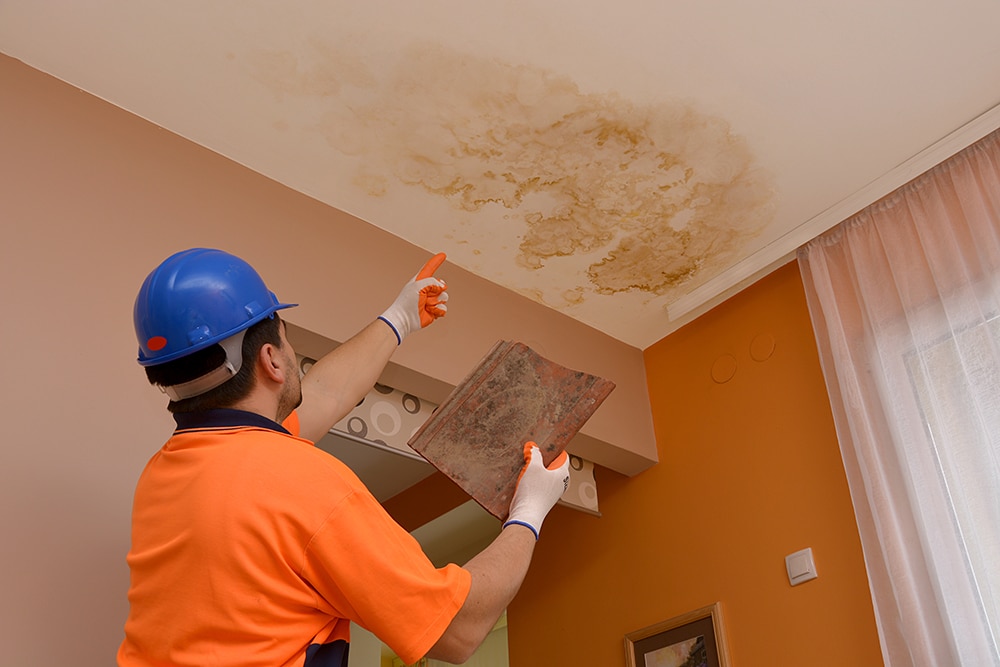Plywood veneer is a popular choice for various woodworking projects, from furniture to cabinetry, due to its versatility and aesthetic appeal. Choosing the right veneer can significantly impact the final look and durability of your project. With a variety of options available, it’s essential to understand the factors that will influence your decision. This guide will help you navigate through the selection process, ensuring you choose the best plywood veneer for your needs.
Understanding Plywood Veneer
What is Plywood Veneer?
Plywood veneer refers to a thin layer of wood that is applied to a core of plywood. This layer enhances the appearance of the plywood while providing a high-quality finish. Veneers are available in a variety of wood species, colors, and patterns, offering both functional and aesthetic benefits.
Types of Veneer
- Natural Veneer: Made from real wood, natural veneers showcase the unique grain patterns and colors of the wood species. They provide an authentic and classic look but may require more maintenance.
- Reconstituted Veneer: Created from wood fibers and dyes, reconstituted veneers mimic the appearance of natural wood but offer more consistent color and grain patterns. They are often more affordable and resistant to environmental changes.
Factors to Consider When Choosing Plywood Veneer
1. Project Requirements
The first step in choosing the right plywood veneer is to assess the specific needs of your project. Consider the following factors:
- Purpose: What is the intended use of the project? For furniture, cabinetry, or decorative surfaces, you may prefer a veneer that offers a high-quality finish and durability.
- Environment: Will the project be used indoors or outdoors? For outdoor projects, select a veneer that is treated for weather resistance.
2. Wood Species
The wood species of the veneer affects both the appearance and performance of the final product. Some popular wood species include:
- Oak: Known for its strength and durability, oak veneer provides a classic look with prominent grain patterns.
- Maple: Offers a smooth and even grain, making it suitable for modern and contemporary designs.
- Cherry: Features a rich, warm color that deepens over time, ideal for traditional and elegant finishes.
- Walnut: Renowned for its dark, luxurious appearance and fine grain, walnut veneer adds sophistication to any project.
3. Grain Pattern
The grain pattern of the veneer can significantly impact the visual appeal of your project. Common grain patterns include:
- Straight Grain: Provides a uniform and orderly appearance, often used for a clean and classic look.
- Figured Grain: Includes patterns such as burl or quilted grain, offering a more decorative and unique appearance.
- Quarter Sawn: Features a distinctive, flecked grain pattern that adds texture and visual interest.
4. Thickness and Backing
Veneers come in various thicknesses and backing options:
- Thickness: Veneers are typically available in 0.5mm to 1mm thickness. Thicker veneers provide more durability but may be harder to work with.
- Backing: The backing material of the veneer affects its application. Options include paper-backed, fabric-backed, or adhesive-backed veneers. Paper-backed veneers are commonly used for easy application and stability.
5. Finish and Color
The finish and color of the veneer play a crucial role in achieving the desired look for your project:
- Finish: Veneers can be pre-finished or unfinished. Pre-finished veneers save time and effort but may limit customization. Unfinished veneers allow for greater control over the final finish and can be stained or sealed according to your preferences.
- Color: Choose a color that complements your project and aligns with the overall design scheme. Consider how the veneer color will interact with other materials and finishes.
6. Budget
Your budget will influence your choice of veneer. Natural veneers tend to be more expensive than reconstituted options, and certain wood species may come at a premium. Balancing your budget with the desired quality and appearance is essential.
7. Sustainability
If environmental impact is a concern, consider selecting veneers that are certified by organizations such as the Forest Stewardship Council (FSC). FSC-certified veneers ensure that the wood is sourced sustainably and responsibly.
Application Tips
1. Preparation
Proper preparation is key to achieving a professional finish. Ensure that the substrate is clean, dry, and free of imperfections. Sand the surface to create a smooth base for the veneer application.
2. Application Techniques
Follow the manufacturer’s instructions for applying the veneer. Techniques may include using adhesive, heat, or pressure to bond the veneer to the substrate. Using the correct technique will ensure a smooth and even application.
3. Finishing
After application, finish the veneer with appropriate products, such as stains, sealers, or topcoats. This will enhance the appearance and protect the veneer from wear and environmental factors.
Conclusion
Choosing the right plywood veneer involves understanding your project requirements, selecting the appropriate wood species, and considering factors like grain pattern, thickness, finish, and budget. By carefully evaluating these aspects, you can achieve a beautiful and functional result that enhances your woodworking project.
Do you have questions about selecting the perfect veneer for your project? Let’s discuss how you can find the best plywood veneer to meet your needs and achieve your design goals.










